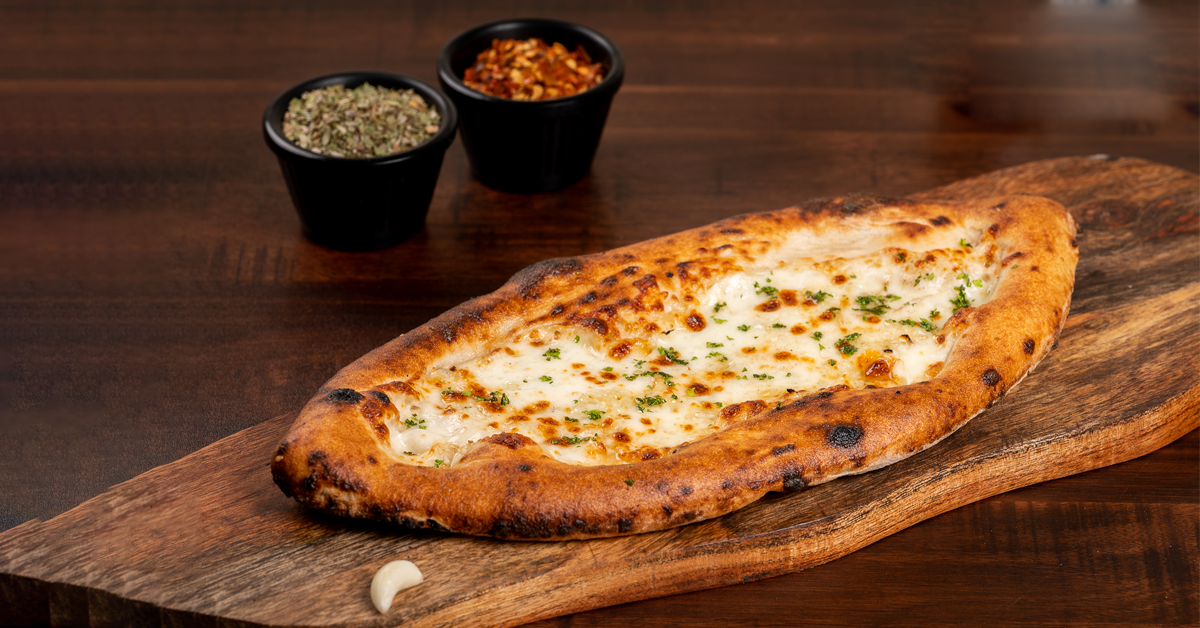Cardiovascular Health: Garlic has been associated with potential cardiovascular benefits. It contains compounds like allicin, which may help reduce blood pressure, lower cholesterol levels, and improve overall heart health. Consuming garlic in moderation, even as part of garlic bread, may contribute to a healthier cardiovascular system.
Antioxidant Properties: Garlic contains antioxidants that help protect cells from oxidative damage caused by free radicals. These antioxidants may have anti-aging effects and contribute to general well-being
Immune System Support: Garlic is believed to have immune-boosting properties due to its compounds like allicin and other sulfur-containing compounds. Consuming garlic bread occasionally might help support your immune system.
Anti-Inflammatory Effects: Some studies suggest that garlic may have anti-inflammatory properties. Chronic inflammation is linked to various health issues, so including garlic in your diet, such as in garlic bread, might help reduce inflammation.
Improved Digestion: Garlic has been used traditionally to aid digestion. Including garlic bread as part of a meal could potentially contribute to better digestion, although the overall impact may vary from person to person.
Enhanced Flavor and Aroma: Garlic adds a rich, savory flavor and aroma to foods. Incorporating garlic into bread can make it more appetizing and enjoyable, which might encourage you to eat more whole grains.
Culinary Enjoyment: While not directly related to health benefits, the enjoyment of eating flavorful foods is an important aspect of a well-rounded diet. Garlic bread can add variety and pleasure to meals, making them more satisfying.
It's important to note that the health benefits of garlic are best obtained when it's consumed raw or minimally processed. Cooking garlic, as is the case with garlic bread, can reduce the potency of some of its active compounds, such as allicin. Additionally, the butter or oil used to make garlic bread can add calories and saturated fats, so moderation is key, especially if you're mindful of your overall dietary intake.
As with any food, moderation and balance are important. Enjoying garlic bread as an occasional treat within a varied and balanced diet can contribute to its potential benefits while also satisfying your taste buds.
Is garlic bread rich in protein?:
No, garlic bread is not typically considered to be rich in protein. Garlic bread is primarily made from bread, which is primarily composed of carbohydrates. While garlic itself does contain small amounts of protein, it's not a significant source of protein when consumed in the context of garlic bread.
The primary ingredients in garlic bread are bread slices, garlic, butter or oil for flavoring, and sometimes cheese. These ingredients are generally higher in carbohydrates and fats rather than protein. The protein content in garlic bread comes mainly from the bread itself and any additional ingredients like cheese that might be used.
If you're looking to increase your protein intake, other food sources such as lean meats, poultry, fish, eggs, legumes, dairy products, nuts, and seeds are more substantial sources of protein compared to garlic bread.
Popular Pizza's
Neapolitan Pizza || Naples Wood-Fired pizza || Difference between Classic pizza and Neapolitan pizza
